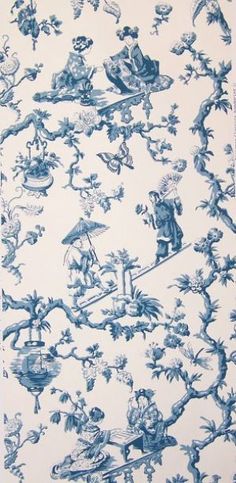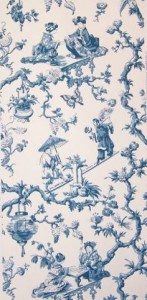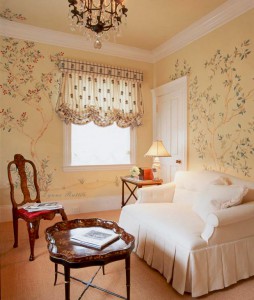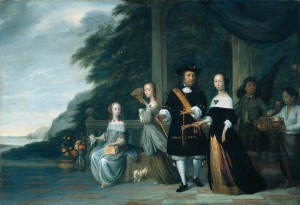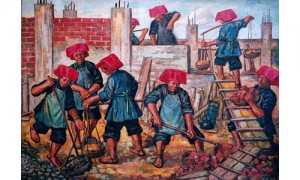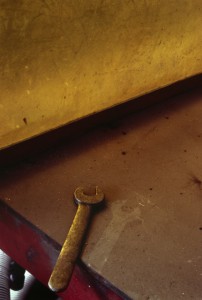On the visit to Asian Civilizations Museum, the “Blanket” from Laos is rather an interesting object among the others. It is an object that has a special element to it when the Tai Daeng weaver made this cloth and that element is it served as a healing or protection cloths for the user. In the Laos tradition they usually used these kind of cloth for healing ritual to cure a cold or physical injury. However there are times they used such cloth for protecting a newly born baby or casting their wishes upon the blanket for their child. It is like if the weaver weaves motifs of an elephant on the blanket, the weaver is wishing that the child would be strong and powerful. In their culture, they interpret elephants to be creature that portray an important role in military expeditions and thus it represents power. Likewise for animals such as birds, which represent free spirit, and horse-deer like creatures that also represent a form of military strength. Even motifs of plants represent something for the user. The way of using this cloth is when the baby is being wrapped in the blanket; the baby would in the process absorb the wishes within the blanket.
I find this fact of their tradition is interesting as the little details within the blanket has so much emotions and meaning towards the user and is something that we don’t really see now in the modern times since whenever we are sick, we would take medicine and get well from our cold.
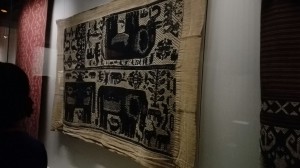
Note: Sadly I didn’t really take any pictures due to the lighting, thus most of my images are from my friends that have successfully taken the photo.
